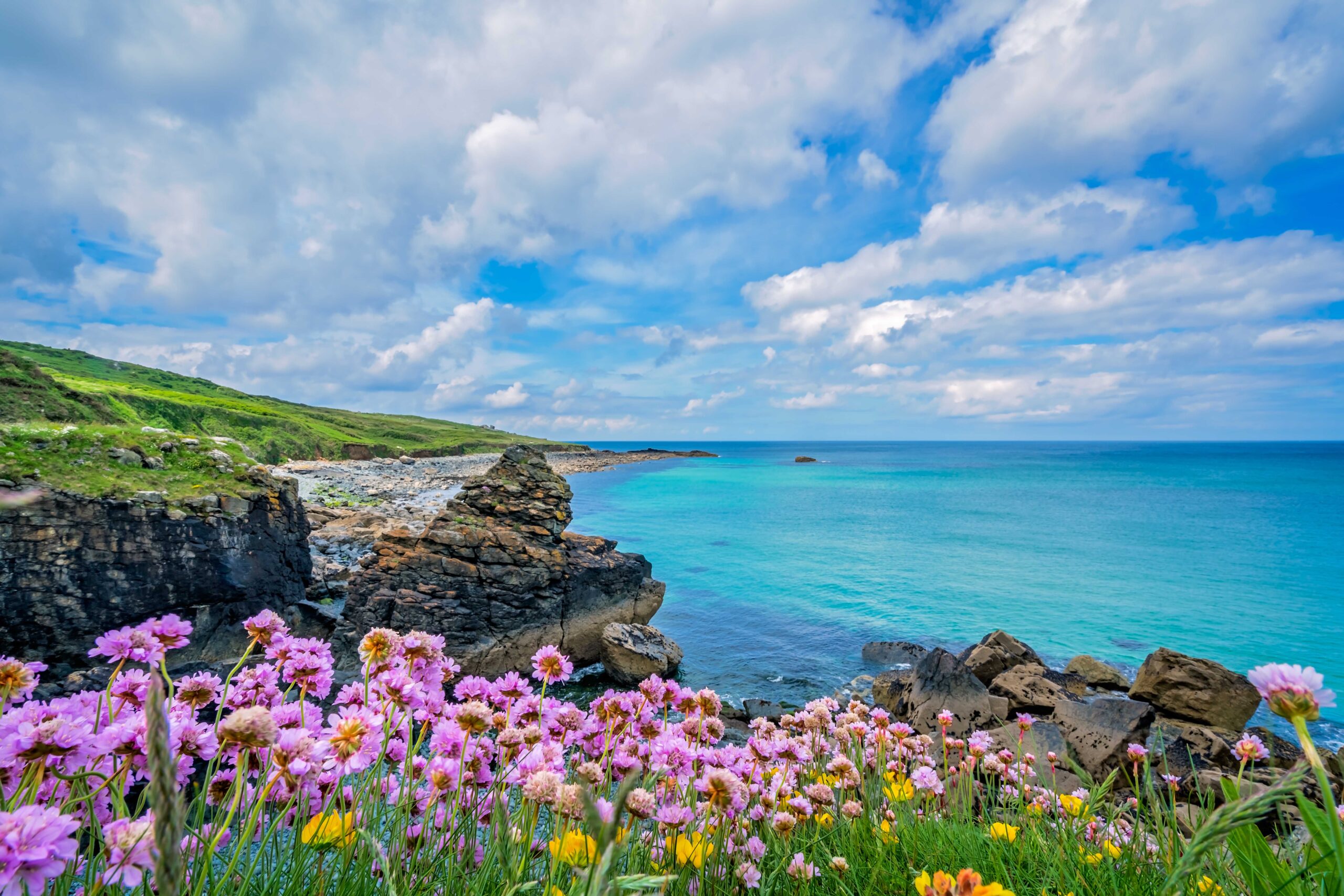The annual update from Wildlife and Countryside Link (WCL) into progress in England on the target to protect 30% of land and sea for nature by 2030 (the “30×30 target”) has been published.
Campaigners are calling for a rapid rescue package for nature – including designating more English waters as Highly Protected Marine Areas (HPMAs).
The annual progress tracker on the landmark 30×30 nature target shows the amount of sea protected has increased to 9.92%. The small rise in the effectively protected area of sea – up from 8% last year – comes from the introduction in March 2024 of byelaws prohibiting banned bottom towed fishing gear across protected features in 13 offshore marine protected areas (MPAs).
Key figures from the report:
- A maximum of 9.92% of English waters in September 2024 are protected from the most damaging form of fishing and are moving towards effective protection for nature.
- 37 out of the 374 UK MPAs have enough monitoring in place to assess if their management measures are working, and only 83 out of the 374 UK MPAs are moving towards their conservation objectives.
Groups call for a nature rescue plan that includes:
- Putting targets to protect 30% of land and sea at the heart of planning reform, to ensure that all development is playing an active role in nature recovery.
- Publish Stage 3 & Stage 4 fisheries management measures to halt damaging fishing activity across the whole of the offshore Marine Protected Areas (MPA) network by the end of 2024.
- Pledging to protect at least 10% of English seas as Highly Protected Marine Areas (HMPAs) by 2030.
Recommendations for England’s seas
By the end of 2024:
- Publish 30×30 criteria for sea which states what counts towards 30×30, including the definition of ‘effective management measures.’
- Publish fisheries byelaws and management measures for the three designated Highly Protected Marine Areas (HPMAs).
- Publish Stage Three and Stage Four Byelaws through the Marine Management Organisation (MMO) programme to halt damaging fishing activity across the whole of the offshore Marine Protected Areas (MPA) network by the end 2024.
- Conduct a Special Protection Areas (SPAs) Sufficiency Review at sea to assess where the gaps remain in the MPA network and ensures English waters truly supports species recovery.
Medium term:
- Establish a Strategic Marine Planning Task Force and Delivery Roadmap for England by the end of 2025. This will inform decisions on the policy priorities required to optimise management of the sea space and must prioritise sea space for a connected network of nature protection, recovery and enhancement in accordance with offshore energy production.
- Place a time-bound commitment on the delivery of mandatory REM, including expanding measures to all vessels of all sizes and measures to eliminate all unwanted bycatch.
- Provide the resources required to effectively monitor and manage the MPA network by properly funded and appropriately experienced staff within statutory nature conservation bodies, the MMO, IFCAs and other enforcement agencies.
- Protect at least 10% of English seas as HPMAs.
By 2030:
- Place time-bound and meaningful targets in the incoming Fisheries Management Plans to ensure they deliver Fisheries Act (2020) objectives. Work to adjust catch limits downward to tackle consider fisheries activities outside the MPA network.
- Design a mechanism for Marine Net Gain which requires all developments to contribute to the restoration of our seas.
- Expand the existing MPA network to include important blue carbon habitats. This will remove pressure on existing carbon stores and ensure the network can contribute to meeting biodiversity and climate needs.
“Ocean protections are often barely worth the paper they’re written on”
Richard Benwell, CEO of Wildlife and Countryside Link, said: “At the moment, the UK’s critical natural infrastructure is in a state of chronic neglect. Farming and fisheries reform must be brought back to the top of the agenda. Time is tight, but there’s still hope that a rapid rescue plan can restore the ecological foundations of our economy.”
Katie-jo Luxton, Global Conservation Director of the RSPB said: “We welcomed the commitment to protect 30% of our land for nature, but years have passed since this was made and we’re just not seeing the urgent action that is needed for nature recovery.”
Hugo Tagholm, Executive Director of Oceana UK, said: “Our ocean protections are often barely worth the paper they’re written on. It’s hard to see how our protected areas will do much to revive nature when they’re being ripped apart by bottom trawling or licensed for oil and gas exploration. It’s time that protected really means protected, so that our oceans can support wildlife, fight the climate crisis, and support sustainable fishing.”
Craig Bennett, chief executive of The Wildlife Trusts, said: “Marine habitats can be huge allies in the fight against climate change, providing they are properly protected. Currently, damaging activities such as bottom trawling continue to take place throughout UK seas, including in most Marine Protected Areas. Inflicting damage to habitats undermines nature’s ability to capture and store carbon. We desperately need more land and sea protected because the UK’s progress on achieving 30×30 is embarrassingly slow.”
The full report, ‘30×30 in England: 2024 Progress Report’ is available online.
